Whether the U.S. Court of Appeals for the Federal Circuit is succeeding in its role as the steward of decisional patent law has been the subject of considerable debate and many empirical studies for the past forty years. Based on these studies, some observers have expressed skepticism of the utility of that court’s exclusive, nationwide jurisdiction over patent appeals. But the substantial body of empirical literature on the Federal Circuit has been viewed largely from a single vantage point, one that attributes any negative or undesirable outcomes to the court’s specialization. This Article argues that there is another way to look at the data: the Federal Circuit’s institutional design actually makes it easier to discern the weaknesses in the rules, practices, and conventions governing the creation of precedents in the federal appellate courts that would otherwise be obscured due to confounders and the length of time necessary to accumulate datapoints.
This raises a question: to what extent are the problems with the Federal Circuit attributable to specialization as opposed to weaknesses in the day‑to‑day operational procedures commonly used throughout the federal courts of appeals? To explore this question, this Article makes the novel claim that, if there were a judicial analogue to a “lab rat” that can be used to study the operation of the federal appellate courts, the Federal Circuit may be it. Notably, the court follows many of the same rules, practices, and conventions employed in the regional circuits for creating precedents (e.g., opinion assignment rules, use of nonprecedential opinions, the “prior panel rule”) and has the same primary tools for correcting its caselaw (i.e., en banc rehearings and review by the U.S. Supreme Court), but it operates in an environment where doctrinal percolation and iteration have been sped up and where the evolution of a specific area of the law can be clearly tracked. To extend the “lab rat” analogy further, the Federal Circuit provides a convenient environment to test new rules and practices for precedent management because its jurisdictional isolation from the rest of the court system may allow it to serve as an experimental sandbox.

